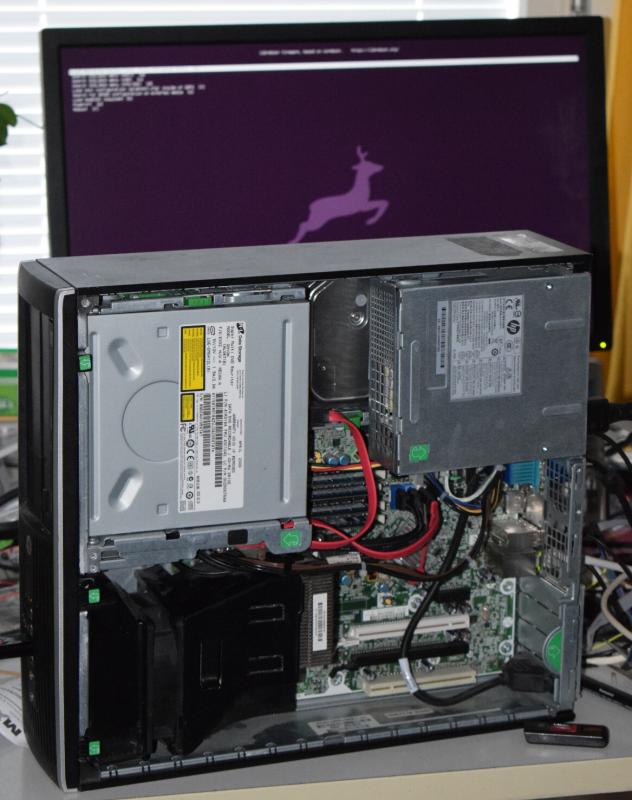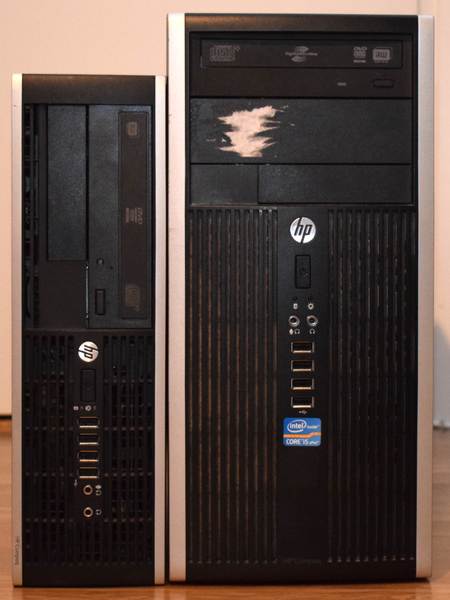Disable security before flashing
================================
Before internal flashing, you must first disable `/dev/mem` protections. Make
sure to re-enable them after you're finished.
See: [Disabling /dev/mem protection](../install/devmem.md)
Introduction
============
Libreboot has support for this, in the Git repository and release versions
from 20230423 onwards.
Brief board info
----------------
HP Elite 8200 SFF is a small-form-factor desktop of Intel Sandybridge platform
which you can read more about here:







